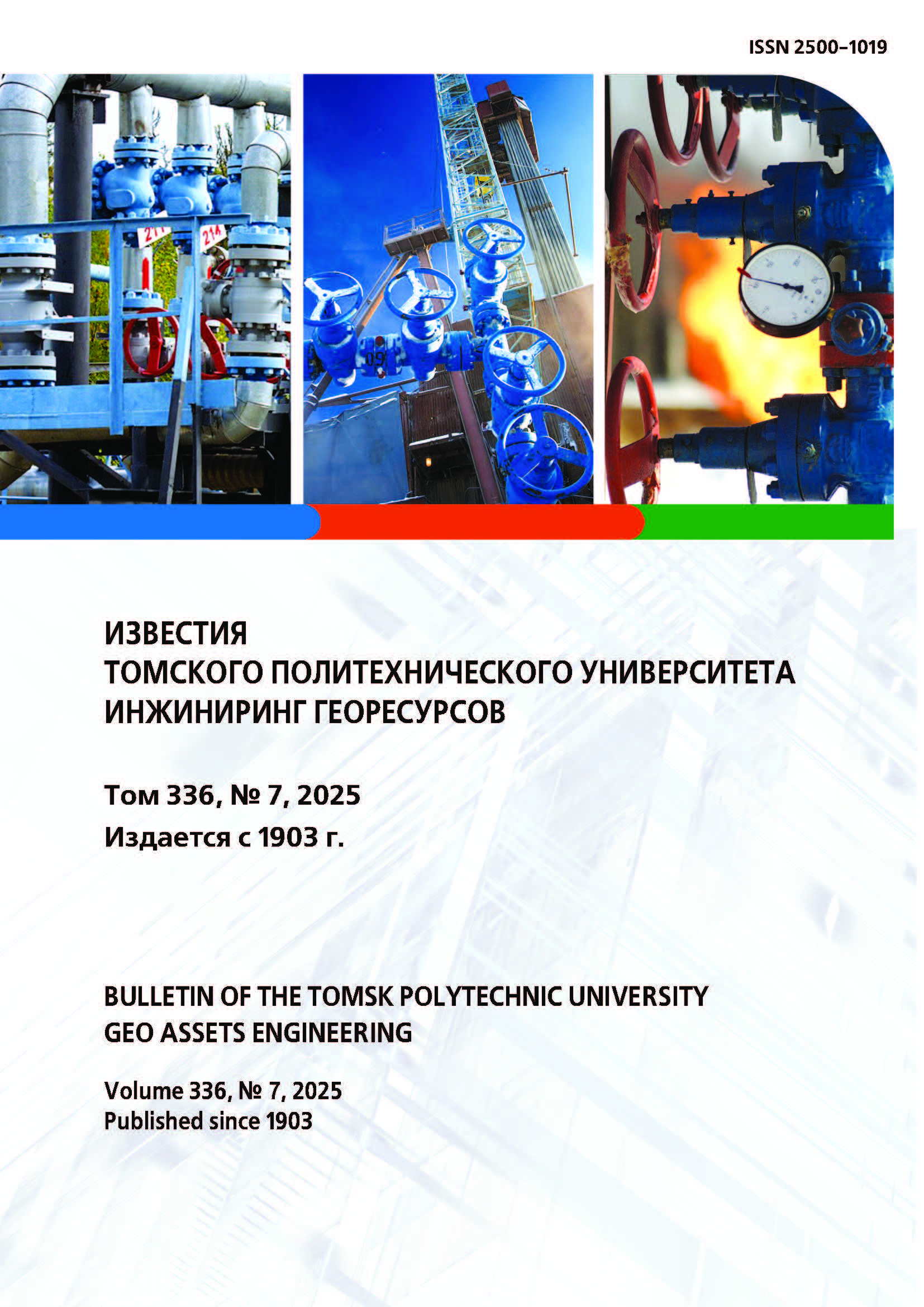Том 334 № 8 (2023)
DOI https://doi.org/10.18799/24131830/2023/8/4016
К ВОПРОСУ О ТРАНСПОРТИРОВКЕ СЖИЖЕННОГО УГЛЕКИСЛОГО ГАЗА
Ссылка для цитирования: Ванчугов И.М., Резанов К.С., Шестаков Р.А. К вопросу о транспортировке сжиженного углекислого газа // Известия Томского политехнического университета. Инжиниринг георесурсов. – 2023. – Т. 334. – № 8. – С. 190-209.
Актуальность исследования обусловлена необходимостью улавливания и утилизации одного из основных видов парниковых газов – углекислого газа (СО2). Данная необходимость в первую очередь связана со все возрастающими выбросами СО2, три четверти которых приходится на сжигание различных видов топлива. Одним из основных звеньев цепочки улавливания и утилизации СО2 является его транспортировка от мест улавливания к местам утилизации или захоронения. Цель: провести анализ и систематизацию международных методик расчета трубопроводного транспорта сжиженного углекислого газа (LСО2) для определения отличий в численных результатах, в том числе факторов, учитываемых и не учитываемых в рассматриваемых методах, а также провести анализ водного вида транспорта в качестве альтернативы трубопроводному. Объекты: сжиженный углекислый газ, трубопровод для транспортировки LСО2. Методы: численное моделирование трубопроводного транспорта LСО2 согласно международным методикам для оценки требуемого диаметра, способного обеспечить заданный расход перекачки, анализ полученных результатов. Результаты. Выполнен обзор существующих методик расчета LСО2 трубопроводов, проведено численное моделирование и анализ полученных результатов, в ходе чего было выявлено, что большинство моделей игнорируют влияние примесей, которые, однако, влияют на технологические параметры эксплуатации и моделирование LСО2 трубопроводов, что приведет к неточностям при их проектировании и эксплуатации. В дополнение было выявлено, что скорость жидкости в трубопроводе рассчитывается по параметрам в начальном сечении, что соответствует минимальному ее значению в трубопроводе, и принимается равной ей по всему трубопроводу без учета расширения LСО2 от изменения температуры и давления по его длине и, следовательно, без учета дополнительных потерь давления и изменения иных технологических параметров, которые напрямую могут влиять на безопасность эксплуатации и экономическую эффективность проектируемого или эксплуатируемого LСО2 трубопровода. Также следует отметить, что уравнения определения диаметра, зависящие от длины трубопровода, не подходят для оценки оптимального диаметра трубопровода. Что же касается альтернатив трубопроводному транспорту, то в первую очередь стоит отметить возможность перевозки танкерами на большие расстояния либо возможность использования LСО2 для увеличения дебита месторождений на шельфе и в труднодоступных местах прибрежной зоны.
Ключевые слова:
Улавливание и хранение углекислого газа (CCS), проектирование трубопровода CO2, падение давления, уравнения диаметра трубопровода, транспорт CO2, методы транспортировки CO2





